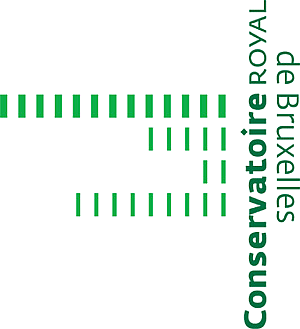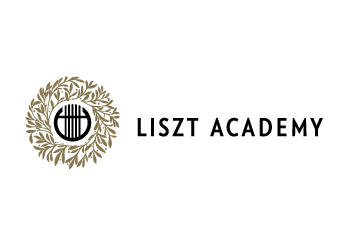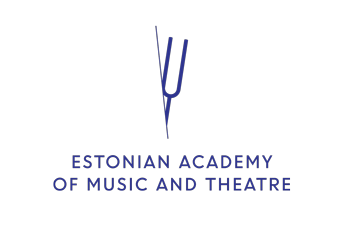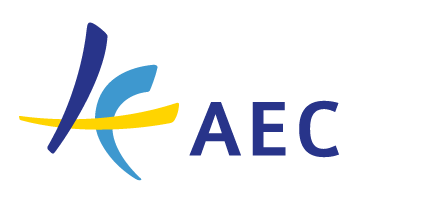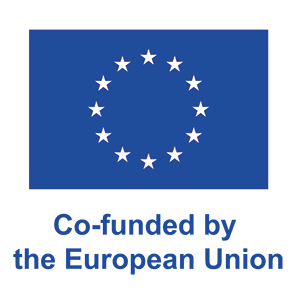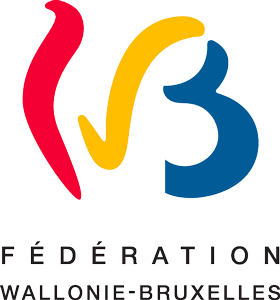
BIBLIOGRAPHY
- Banchieri, Adriano, Cartella Musicale, Venedig 1614.
- Berentsen, Niels, »From Treatise to Classroom: Teaching Fifteenth-Century Improvised Counterpoint«, in: Journal of the Alamire Foundation 6/2 (2014), S. 221–242.
- Blackburn, Bonnie J., »Masses on Popular Songs and on Syllables« in: The Josquin Companion, hg. von Richard Sherr, New York 2000.
- Boquet, Pascale / Rebours, Gérard, 50 Renaissance & Baroque Standards. With Variants, Examples & Advice for Playing & Improvising on any Instrument, Bressuire 2007.
Bornstein, Andrea, Two-Part Italian Didactic Music. Printed Collections of the Renaissance and Baroque (1521–1744), Bologna 2004.
- Erhardt, Martin, Improvisation mit Ostinatobässen aus dem 16. bis 18. Jahrhundert, Magdeburg 2011.
- Froebe, Folker, »Satzmodelle des ›Contrapunto alla mente‹ und ihre Bedeutung für den Stilwandel um 1600«, ZGMTH 4/1–2 (2007), S. 13–55.
- Janin, Barnabé, Chanter sur le livre. Manuel pratique d’improvisation polyphonique de la Renaissance, Langres 2012.
- Jans, Markus, »Ästhetische Implikationen der Satzlehre. In Tönen denken – über Töne nachdenken und reden«, in: Musiktheorie und Vermittlung. Didaktik · Ästhetik · Satzlehre · Analyse · Improvisation, hg. von Ralf Kubicek, Hildesheim, Zürich u. New York 2014, S. 155–166.
- Lorenz, Ralph, »Canon as a Pedagogical Tool: Applications from Sixteenth-Century Wittenberg«, in: Indiana Theory Review 16 (1995), S. 83–104.
- Rüdiger, Wolfgang, Ensemble und Improvisation. 20 Musiziervorschläge für Laien und Profis von Jung bis Alt, Regensburg 2015.
- Schubert, Peter, »Counterpoint pedagogy in the Renaissance«, in: The Cambridge History of Western Music Theory, hg. von Thomas Christensen, Cambridge 2002, S. 503–533.
- Stighäll, Daniel, »A Study in Early Improvisation. The Use of Renaissance Improvisation to bridge the written and unwritten Practices in Modern Music Education«, in: Journal of the Alamire Foundation 6/1 (2014), S. 221–242.
- Wegman, Rob C. / Menke, Johannes / Schubert, Peter, Improvising Early Music. The History of Musical Improvisation from the Late Middle Ages to the Early Baroque, Leuven 2014.
